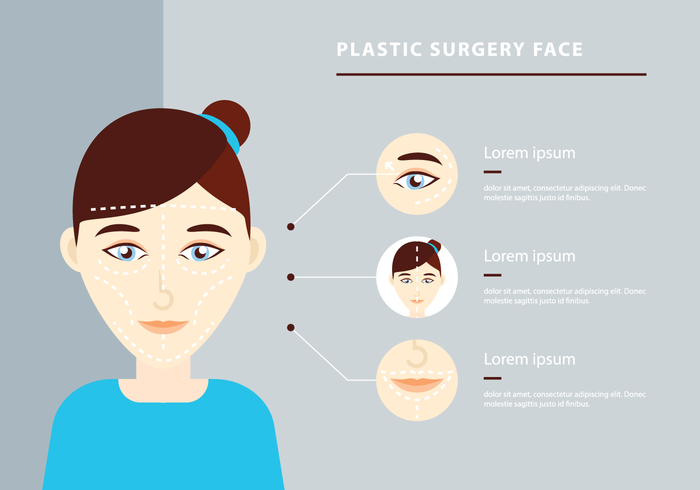Do Pillowcases Cause Acne
Do Pillowcases Cause Acne
Blog Article
How Does Photodynamic Therapy (PDT) Work?
Photodynamic therapy (PDT) integrates a light-sensitive medicine with unique light to kill malignant and precancerous cells. Your doctor places the drug on your skin or inside your eye and afterwards shines a light on the therapy area.
This mix kills cancerous cells and spares healthy and balanced cells. Yale Medication pulmonologist George Eapen, M.D., describes exactly how this works.
The Photosensitizer
Photodynamic treatment (PDT) makes use of a mix of light and a medicine called a photosensitizer to kill malignant or precancerous cells and extra healthy tissue. You get a shot of the photosensitizer, which is after that triggered by light in your body. The photosensitizer is absorbed by both healthy and malignant cells however isn't hazardous until it is triggered by the light.
Light-absorbing molecules, known as photosensitizers, are located in plants and pets, including humans. There are many photosensitizers, yet a lot of are able to absorb a details series of light wavelengths.
When the photosensitizer is exposed to a light with a matching spooky variety, it's converted from its ground state right into an ecstatic singlet state. This enables it to transfer energy to molecular oxygen, creating singlet oxygen and complimentary radicals that mediate mobile poisoning.
The Light
During therapy, an unique light is shined on the location where the photosensitizer was used. This light activates the medicine and ruins cancer cells or precancerous cells that it has targeted.
The drugs that are made use of in photodynamic therapy have various absorption buildings and a few of them may take hours to leave regular cells however remain much longer in cancer cells or precancer cells. This process permits the physician to target cancer cells more specifically than other types of therapies that use noticeable light, such as lasers or electrocautery [54]
Photodynamic therapy can treat the earliest places of sun damages referred to as actinic keratosis and can decrease skin cancer cells development in individuals at high risk for creating the condition. It is also a choice for some patients with damp type age-related macular deterioration, which is a common source of loss of central vision in older grownups. It can not bring back the loss of vision caused by this condition, but it can reduce the progression of uncommon blood vessel development that triggers damp AMD.
The Activation
Photodynamic therapy (PDT) makes use of a medicine and light to treat cancer and various other skin problem. It targets precancerous cells and kills them. Unlike other cancer cells therapies that burn and damage, this treatment eliminates precancerous cells while sparing healthy and balanced tissue.
The photosensitizer is supplied into the skin via topical, oral or intravenous management. It is absorbed by the lump cells and activated when subjected to light of a specific wavelength. This activates a sequence of photochemical responses that creates reactive oxygen varieties (ROS) that damage lump cells and kill cancer cells.
PDT is frequently used to deal with actinic keratoses and in situ squamous cell carcinoma (Bowen condition). It can also be made use of to treat other sorts of skin cancer, consisting of superficial basal cell cancer. It can be used alone or with various other therapies, such as surgical treatment or radiation. It can also shrink growths in the lungs, permitting surgical treatment or various other treatment to be risk-free and reliable.
The Treatment
PDT works ideal in small irregular locations of tissue that a light can get to, such as the skin, eyes, mouth or food pipe (oesophagus) and lungs. It is additionally used to treat precancerous developments, such as actinic keratoses, which are sun-damaged cells microcurrent facial la that can turn into cancer.
Medical professionals administer the photosensitizer as a cream or shot, and afterwards shine a light on the therapy location. The light destroys the unusual cells. While healthy and balanced cells absorb the photosensitizer, it stays much longer in malignant cells.
After the procedure, your body naturally throws away the dead cells. Patients with lung cancer might experience divulging blood or have a bronchoscopy to clear the lungs of the dead tissue. Sometimes, your medical professionals may utilize a bronchoscopy to eliminate the photosensitizer from the lungs too if it causes major signs. It is necessary to stay inside your home and utilize sun block when you go outside while the photosensitizer remains in your system.